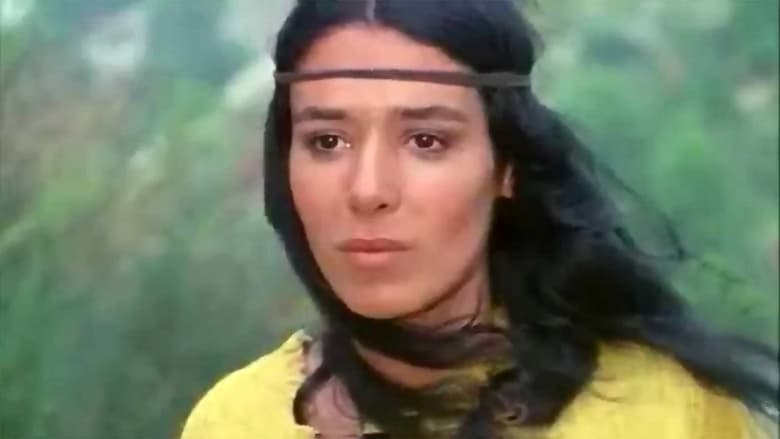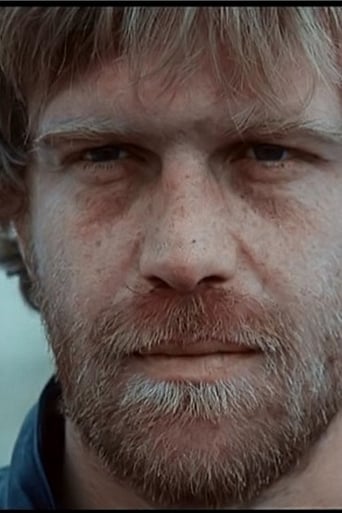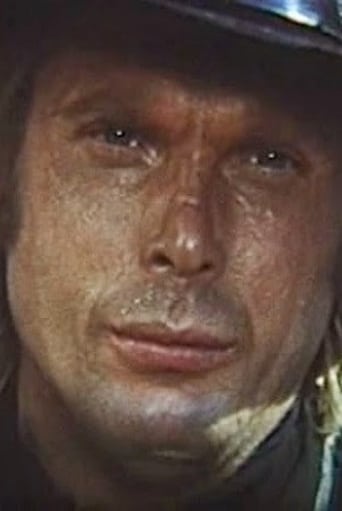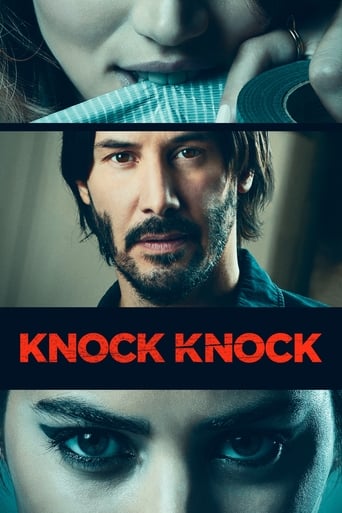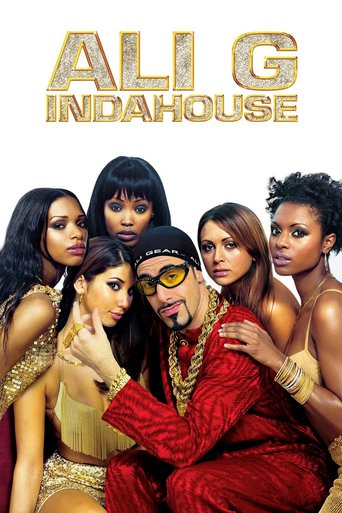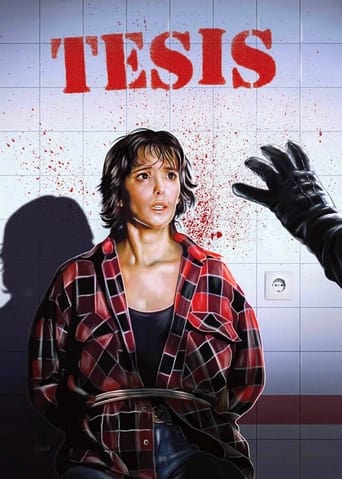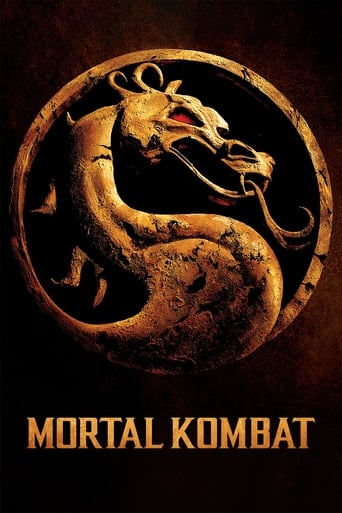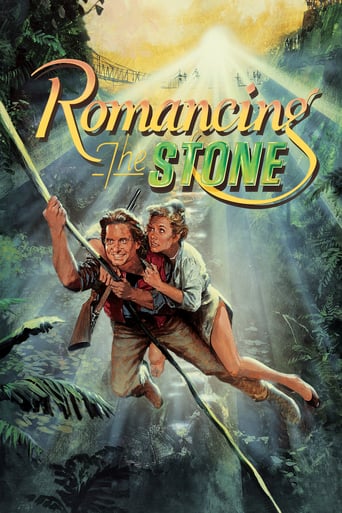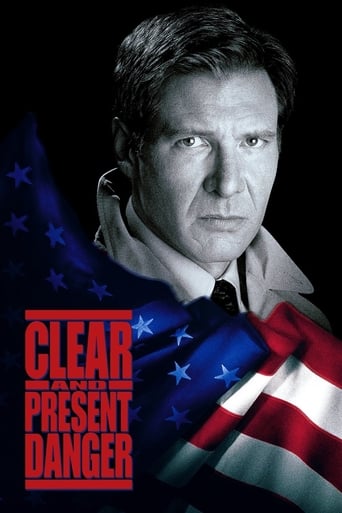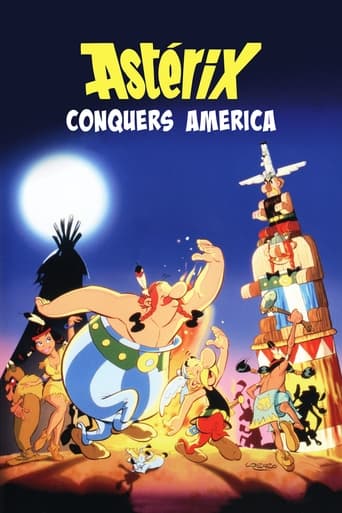Apache Woman (1976)
Tommy is an innocent cavalry officer who falls in love with a beautiful Apache woman after rescuing her from a nasty gun smuggler named Honest Jeremy. When Jeremy and his gang find Tommy, gruesome violence ensues.
Watch Trailer
Free Trial Channels
Cast


Similar titles
Reviews
That was an excellent one.
Fantastic!
Am I Missing Something?
The plot isn't so bad, but the pace of storytelling is too slow which makes people bored. Certain moments are so obvious and unnecessary for the main plot. I would've fast-forwarded those moments if it was an online streaming. The ending looks like implying a sequel, not sure if this movie will get one
For decades, cinema depicted the Native American as a bloodthirsty savage, enemy of the heroic cowboy; then, in the 1970s, Hollywood developed a conscience, and tried to right wrongs with revisionist westerns in which Indians were seen as noble warriors defending their land from the scourge of the white man. Naturally, Italian exploitation cinema quickly followed suit...Apache Woman stars Al Cliver as Tommy, who is part of a cavalry detail under orders to drive wandering natives back to their reservation. As his fellow soldiers ride into an Apache village, Tommy is unseated and knocked unconscious; when he comes to, he discovers that a massacre has taken place, the only surviving Indian being a beautiful squaw (Clara Hopf). In the following days, Tommy and the woman rely on each other to survive in a land inhabited by ruthless outlaws and misguided folk who believe that the only good injun is a dead injun. Eventually, the couple fall in love, but can a white man truly find happiness with a redskin?Drawing inspiration from Soldier Blue (1970), writer/director Giorgio Mariuzzo makes his movie sympathetic to the plight of the indigenous people of America, but being an Italian film-maker, doesn't forget to include enough exploitative content to ensure an audience eager for basic thrills. The result is a gritty adventure that delivers drama, excitement, violence and nudity (Hopf baring all for her art), and yet is surprisingly emotionally engaging, making the downbeat ending quite the shocker.
"Apache Woman" is a low budget Italian rip-off based quite obviously on Ralph Nelson's "Soldier Blue", but it is not a bad movie. Al Cliver has hardly been in many better ones, and he stars as the soldier who is lost in the wilderness and tries to get back to his comrades. However, he falls in love with an Indian woman (Yara Kewa), the only survivor of a massacre, and that is a really complicated relationship! They don't trust each other, they don't understand a word of the other's language, but they can only survive together. Even though "Apache Woman" can't resist some nudity and brutality (director McRoots alias Mariuzzo is known for working with zombie expert Lucio Fulci), it has a lot of subtle moments, too, especially when the soldier and the woman have to communicate with nods and smiles. It fortunately takes the necessary time for a few peaceful moments and thus develops the characters a bit. So, more than you'd expect from the advertising and one of the better films from the end of the spaghetti western era, because it successfully imported elements of the depressive American post-western, when the Django avenger pose had become obsolete. (Note: I have watched the Italian language print, running 85 minutes. It seemed to have a few censorship cuts for violence.)
Fine late Italian western, starring a sympathetic, almost romantic Al Cliver in a world full of racism, opportunism and greed. The story goes thus: Al Cliver is the member of a cavalry unit that takes out some Indians which have left the reservation - mostly women and children, and the old folks; the handful of Indian warriors are out hunting. Cliver's character happens to be knocked out and thus doesn't take part in the massacre. When he comes to, he meets the only survivor, Apache Woman. He soon loses her, however, to a couple of ruthless tricksters and bandits, who take her away to sell her into slavery - and have their fun with her. Cliver comes back for her, though, and the two start getting to know each other despite the language barrier. But the Apache warriors are still around, taking revenge for the extermination of their tribe...The film wants to make a point about how difficult such a love racial barrier in fact proves to be, each time the couple comes across other people, be they Indian or white. Also, it looks at the military and its purpose in a contemptuous manner, obviously attacking the insanity of racism and war. There is some pretty explicit female nudity (bare breasts and bottom as well as the pubic area), but it is rare and never at the center of attention - though it has a bit of an exploitative feel to it especially in the (attempted) rape scene. Rather, the movie is focusing on the love of the two protagonists, how they learn to trust and understand each other.There is little shooting, and the violence (apart from an ax murder) is never excessively gory. Instead, there is a distinctive guitar soundtrack and a beautiful title song, as well as some fine cinematography (of not so specular landscapes). What is maybe noteworthy: The western has a 'green' look, not the yellow of the desert of the southern border near Mexico; we see a lot of woods, and even the street of the ghost-town at the end of the movie - the only 'set' - is overgrown with grass.What is perhaps most remarkable: Despite the warmth of the love story at its center, the film has an austere and simple feel to it, conveying a certain sense of truthfulness, which manages to steer clear of becoming exploitative.
At some point someone should compile a survey of the 1970s "Injun Atrocity" sub-genre of adult themed Western exploitation films. A nasty lot, they can usually be traced back to the unprecedented popularity of 1970s SOLDIER BLUE. Which in itself is a pretty tepid film save for the infamous scenes where the US cavalry massacres an entire Native American village in a Technicolor display of gore that probably made Sam Peckinpah blush.While that film's mixture of graphic gore and Western themes may have scandalized audiences at the time it nonetheless created an idiom unto itself where sleazebag white cowboy types would slaughter innocent, unarmed and topically fashionable Native Americans ... then have their inhumanity paid back in kind, usually with Injun killing tricks or some other aspect of having the battleground turned against you. While SOLDIER BLUE's inspiration was no doubt the clamor of dismay from reports Vietnam era atrocities by American soldiers, the subsequent knock-off films only looked to reap the vicarious sadistic urges that SOLDIER BLUE brought to the surface.APACHE WOMAN is one such film, a later era Spaghetti Western filmed on the ultra-cheap without any (as yet then) big named stars, the central focus of which is a shapely Injun Squaw played by Yara Kewa, the stage name for a German actress named Clara Hopf who's dusky appearance loaned itself to the role of a foxy Native American hottie who's rather smallish tribe is murdered for no apparent reason by US soldiers at the very beginning of the film. In true proprietary spirit of SOLDIER BLUE, one of the soldiers (future zombie/exploitation specialist Al Cliver) becomes disillusioned with the carnage, breaks ranks, and later helps the squaw to find safety while pursued by a gang of even scummier cracker hicks, who's sole motivation to exist in the film is to rape and murder attractive young Native American women. Beats working for a living, I guess.So this is another entry in the "There Are No Good Guys Anymore" kind of Western that predominated after the brilliant success of THE WILD BUNCH. Every character in the movie is a murderer, a thief, a rapist, or just a sadistic cretin, up to and including the family of a traveling minister who predictably turns out to be the most sadistic monster in the whole film. There quite simply is no safe haven for the two as they fight off all comers together, saving each other's lives or virtues again and again before eventually becoming lovers. And if you have seen any pessimistic dystopian existentialist genre films that can only lead to one possible conclusion.The film is violent, sleazy, voyeuristic, cheaply made, mean spirited, somewhat unpleasant, and reeks of simply a chance to send audience members heart rates pumping by either the thought of the squaw being animalistically raped OR putting out voluntarily, depending on the needs of the plot, and for better or worse the plot does not disappoint. Though none of it is very original: It's actually almost identical in plotting to a superior 1972 depression years western called APACHE MASSACRE (or CRY FOR ME BILLY) which at least has the distinction of a Harry Dean Stanton performance. Or Bruno Mattei's SCALPS, which has the distinction of boasting the actual gore quotient that SOLDIER BLUE suggests.But it's not a "bad" film, the locations are all gorgeously photographed in a mountainous region that doesn't look familiar. Part of my low rating may have to do with missing whatever philosophical message the film might try and weave into it's tale: I have only seen it by way of a Spanish language DVD that had a great picture but no English language translation, whatever nuances the plot may have are not understood by this Gringo. Not that what was going on is too hard to figure out: If the film has one fault it's that it's rather simple minded, which in this case is a plus. You don't need to understand what anyone is saying, just be repulsed by the sleaze, violence, degradation and nihilism. On that level of consideration this might be a minor masterpiece of the later years of the Western craze, when it apparently wasn't supposed to be fun anymore to suggest some sort of social weightiness or message. And here the message is that Injun squaws could be foxy as hell under them deerskins. How charming.4/10


